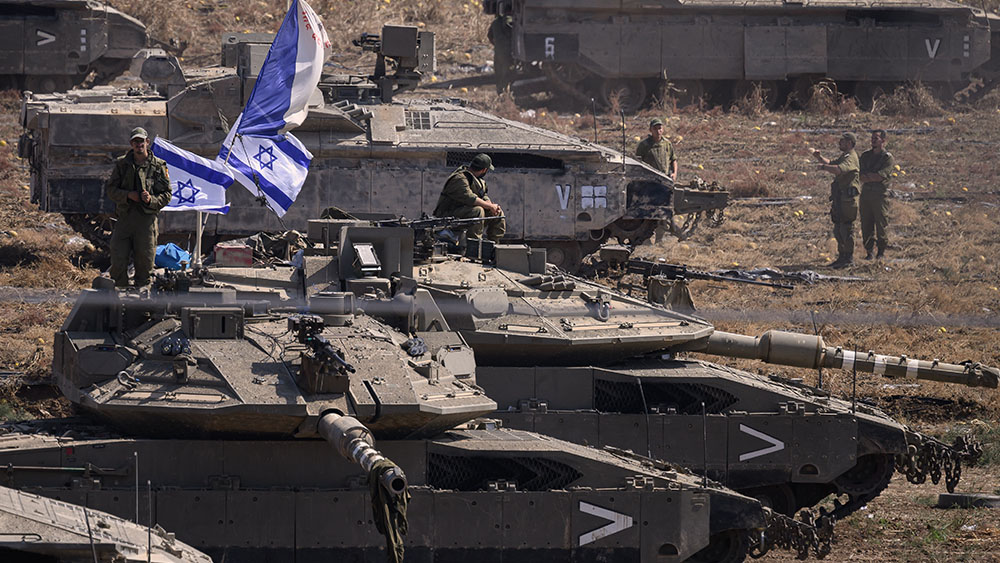
Featuring vastly improved machine learning capabilities, the AI will be installed upon the Army's future ground combat vehicles. It is intended to help a human soldier spot important clues, recognize the developing situation, and come up with a solution to the problem on the fly.
The AI would reportedly help preserve American lives during the chaos of combat. For example, it could keep a lookout for suspicious-looking or -behaving vehicles that might actually be a vehicle-borne improvised explosive device (VBIED) a.k.a. a car bomb. If it spots any such mobile bomb, it would identify the vehicle as such and warn its user about the threat.
Another service it could provide is studying aerial imagery of a battlefield. Based on the available information, the AI can map out probable danger zones that soldiers should enter with extreme caution. (Related: New autonomous robot, Maverick, designed to paint walls and houses perfectly each and every time.)
ARL devises low-cost, low-power computer that can run powerful AI
The men and women of the U.S. Army Research Laboratory (ARL) developed the technology with an eye towards austerity and large-scale implementation. They used cheap and portable hardware to build an advanced Field Programmable Gate Array (FPGA).
This FGPA used less power than its predecessors despite also being more powerful. It also featured collaborative filtering, a widely-used machine learning technique that massively increased its training speed.
The new AI learns more than 13.3 times faster than a maxed-out computer system with multiple cores and 12.7 times faster than fully-enhanced GPU equivalents. It is also much cheaper to build and operate than either of those counterparts.
Whereas a multi-core system consumed 130 watts of power and the typical GPU platform used 235 watts, the FGPA only needed 13.8 watts. The incredibly low energy usage made it a prime addition to flexible battlefield computers.
ARL researcher Dr. Rajgopal Kannan claimed the AI is one of the many potential technologies that could go into the Army's future combat vehicle. The AI would provide electronic thinking and run devices aboard the vehicle, which would be connected to other combat machines.
In addition to equipment for the next-generation combat vehicle, the ARL is handling five more Army Modernization Priorities. For the FGPA, Kannan and his team are cooperating with University of Southern California (USC) professor Viktor Prasanna of the university's data science and architecture laboratory.
The collaboration is part of ARL's West Coast open campus initiative. It and the USC are pooling their efforts into speeding up military machine learning applications on inexpensive computers.
U.S. military wants faster, smarter AI
The U.S. Army is focusing on research projects about artificial intelligence and machine learning. Related applications such as an AI's ability to learn in the field of battle or when under fire could give the U.S. military an advantage against hostile forces.
The ARL's Kannan is coming up with ingenious ways to improve AI capabilities and machine learning efficiency. He says the findings detailed in his new paper can be applied to other developmental projects, such as the recent one on adaptive processing that he is helping out on.
His paper on stochastic gradient descent (SGD) was declared one of the winners at the 26th ACM/SIGDA International Symposium on Field Programmable Gate Arrays. SGD is a mathematical-based technique used by most machine learning algorithms in training AI for jobs.
Keep track of the increasing number of AIs employed by the U.S. military at Computing.news.
Sources include:
Please contact us for more information.






















